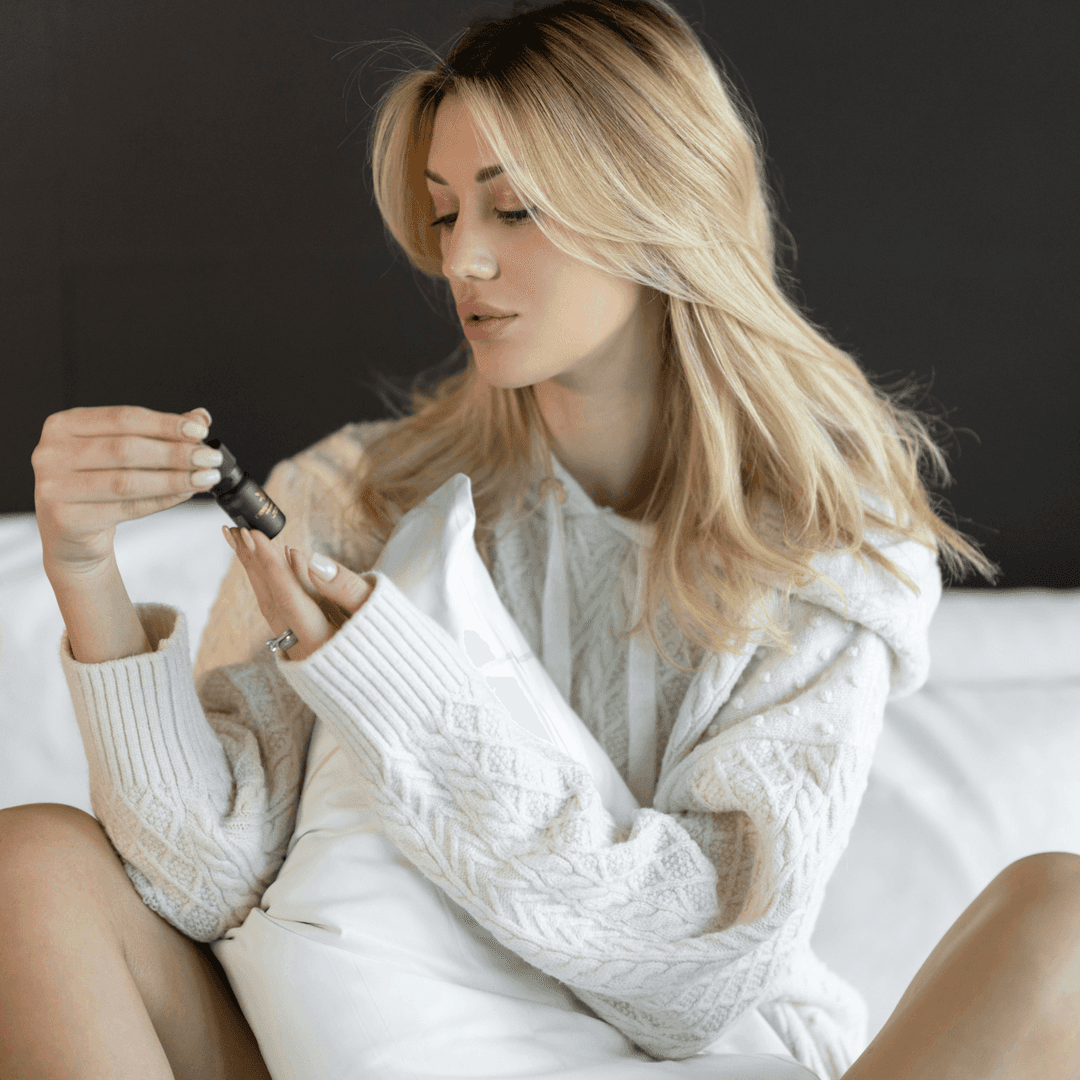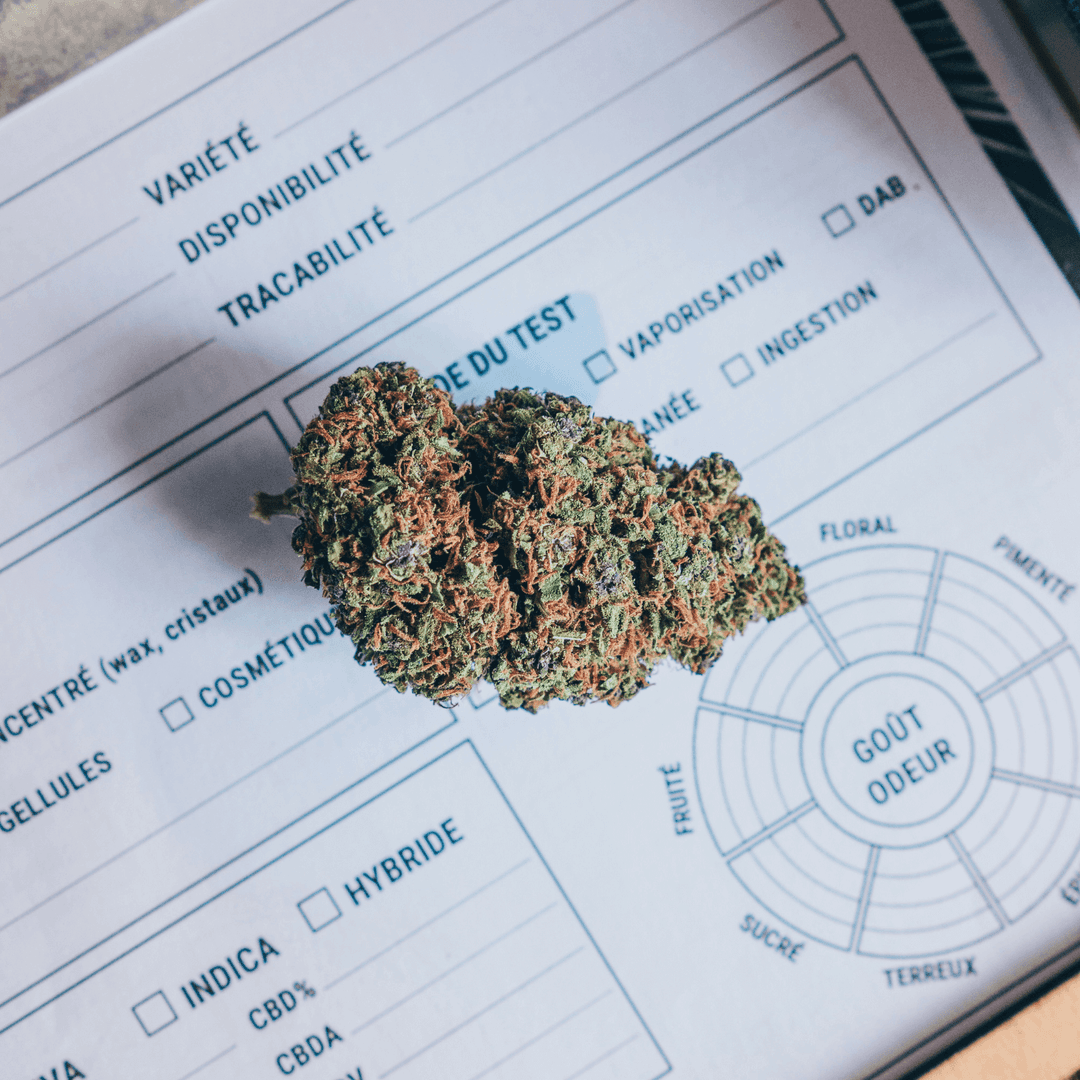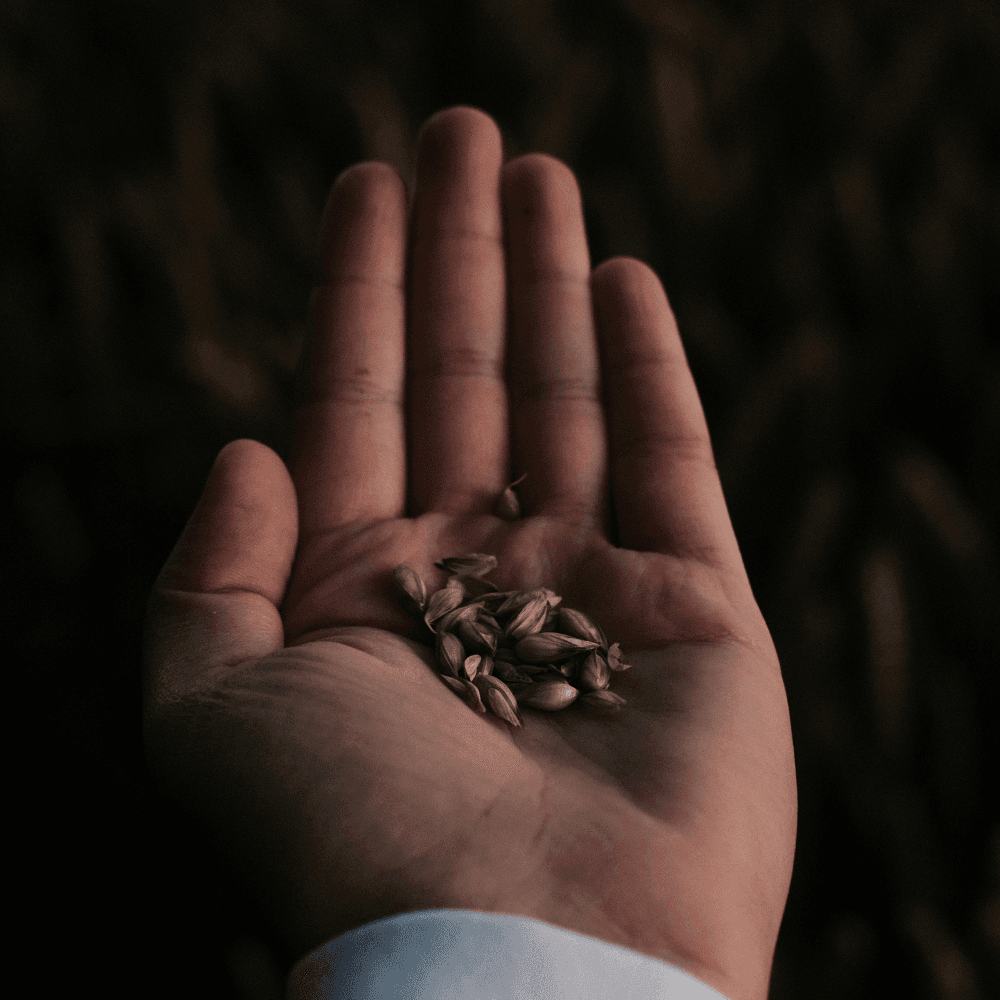
October 4, 2025admin
How to Dry Weed: A Complete Guide
Drying weed is one of the most crucial steps in the cannabis cultivation process. While harvesting marijuana plants is exciting, the work doesn’t stop there. The drying and curing process ensures that your cannabis buds achieve maximum potency, smooth smoke, and the best flavor profile.
Proper drying and curing not only preserve the cannabinoids and terpenes in cannabis flower but also prevent mold growth and other issues caused by excess moisture. For cannabis growers, understanding how to dry weed correctly is as important as growing high-quality plants in the first place.
Freshly harvested cannabis plants contain a lot of water. Without proper drying, this excess moisture can result in harsh smoke, mold growth, or even wasted marijuana buds. Whether you are cultivating a few marijuana plants at home or managing multiple strains for larger production, mastering the cannabis drying process ensures that your final product meets the standards of high-quality cannabis.
Why Proper Drying is Critical
The drying process serves multiple purposes beyond just removing water. Properly drying cannabis flower preserves the aroma, flavor, and potency of your buds while preparing them for the curing process. If marijuana buds are dried too quickly or in improper conditions, they can become harsh and unpleasant to smoke. Excessive heat, direct sunlight, or too much moisture can all negatively impact your cannabis drying process.
Drying cannabis buds also stabilizes the plant material, allowing for better handling during trimming. By the time your cannabis is fully dried, sugar leaves, fan leaves, and other plant material will be easier to manage, making dry trimming a smoother, more precise process. Ultimately, properly drying and curing cannabis ensures that your dried and cured cannabis will be enjoyable, safe, and potent for both recreational and medicinal use.
Understanding the Drying and Curing Process
The drying and curing process consists of two interconnected steps: drying cannabis flower and curing cannabis for enhanced quality. Drying removes excess moisture from freshly harvested cannabis plants, while the curing process allows the buds to release moisture slowly and evenly over time, preserving terpenes and cannabinoids. Both steps are essential to produce high-quality cannabis.
- Drying process: Removes water from buds to prevent mold growth.
- Curing process: Slowly releases remaining moisture for smooth smoke and maximum potency.
Without following these steps correctly, cannabis buds can end up brittle, harsh, or susceptible to mold. Understanding the difference between wet trimmed buds and dry trimmed buds can help growers manage each stage effectively.
Tools and Supplies for Drying Cannabis
Before you learn how to dry weed, it’s essential to gather the right tools. The cannabis drying process can be simplified with a few essential items:
- Drying rack or string to hang plants upside down
- Trimming scissors for wet and dry trimming
- Hygrometer to monitor humidity levels
- Fan for proper air circulation
- Airtight containers or jars for the curing process
- Humidity packs for maintaining proper humidity levels during storage
These tools will help you maintain a controlled environment in your drying space, ensuring even drying of individual buds and preventing mold growth.
Optimal Conditions for Drying Cannabis Buds
Creating the right environment is crucial for proper drying. Cannabis buds are sensitive to temperature and humidity levels, and mistakes can ruin an entire harvest. The ideal relative humidity for drying cannabis is between 45–55%, and the temperature should stay within 60–70°F (15–21°C).
Additional tips for an ideal drying space include:
- Dark room: Protects cannabinoids and terpenes from direct sunlight.
- Proper air circulation: Helps release moisture and prevents uneven drying.
- Controlled environment: Avoid excessive heat or fluctuating humidity levels.
Maintaining the correct temperature and humidity level ensures that buds dry slowly, preserving flavor, aroma, and potency.
Harvesting Cannabis Before Drying
Before learning how to dry weed, you must properly harvest cannabis plants. Timing is critical: buds should be harvested when trichomes have reached the desired maturity. Use trimming scissors to cut branches or individual buds carefully, preserving sugar leaves and fan leaves until the drying process begins.
- Harvest during a time when environmental conditions are favorable to avoid excess moisture on freshly harvested cannabis plants.
- Handle buds gently to prevent damaging trichomes.
- Choose between wet trimming and dry trimming depending on your drying method.
Proper harvesting ensures that the cannabis drying process serves its purpose efficiently.
Different Methods to Dry Cannabis
There are several methods to dry cannabis, each suited for different scales and grow environments. Selecting the right drying method depends on your cultivation process, available space, and the number of marijuana plants.
Common drying methods include:
- Hang-drying: Hanging branches upside down in a dark, ventilated room.
- Drying racks: Placing individual buds or wet trimmed buds on mesh trays.
- Paper bag method: For small amounts of cannabis buds.
- Screen-drying: Using mesh screens to circulate air around trimmed buds.
Each method has its pros and cons, but all aim to remove excess moisture while preserving the integrity of the cannabis plant.
Hang-Drying Cannabis
Hang-drying is one of the most popular methods for drying cannabis flower. Branches are hung upside in a cannabis drying room with controlled temperature and humidity.
Key points for hang-drying:
- Ensure adequate space between branches to allow proper air circulation.
- Avoid direct sunlight, which can degrade cannabinoids and terpenes.
- Drying duration typically ranges from 7–14 days, depending on strain and environmental conditions.
- Monitor humidity levels daily to prevent mold growth or uneven drying.
This method is especially effective for large cannabis plants and helps maintain high-quality cannabis buds.
Drying Racks and Screens
For smaller grows or individual buds, drying racks and screens offer a convenient alternative. Place buds on mesh trays to allow air circulation around every surface.
- Ensure buds are spaced evenly to prevent too much moisture in any one area.
- Rotate trays regularly to maintain even drying.
- Use a fan to circulate air but avoid blowing directly on the buds to prevent excessive drying.
Drying racks and screens can be particularly useful in controlled environments or indoor grows.
Paper Bag Method
The paper bag method is simple but best suited for small quantities of cannabis buds.
- Place wet trimmed buds in a paper bag and fold the top to allow some airflow.
- Check daily to ensure buds are not retaining too much moisture.
- Remove buds immediately if you detect signs of mold or uneven drying.
While this method is convenient, it requires careful monitoring to avoid issues caused by too much moisture.
Common Mistakes in the Drying Process
Even experienced cannabis growers can make mistakes when drying cannabis buds. Common issues include:
- Overdrying: Buds become brittle and harsh smoke is produced.
- Underdrying: Too much moisture leads to mold growth.
- Excessive heat: Cannabinoids and terpenes degrade.
- Poor air circulation: Causes uneven drying or wet spots in the buds.
Avoiding these pitfalls ensures that your dried and cured cannabis maintains its quality and potency.
Recognizing Properly Dried Cannabis
Knowing when cannabis is properly dried is essential for moving to the curing process. Properly dried buds should:
- Snap or break easily rather than bend.
- Have stems that break cleanly.
- Possess a consistent texture throughout.
- Display a fully developed aroma without signs of excess moisture.
Monitoring buds throughout the drying process ensures they are ready for the next step: curing cannabis.
Wet Trimming vs Dry Trimming
The choice between wet trimming and dry trimming affects both drying time and final product quality.
- Wet trimming: Trim sugar leaves and fan leaves immediately after harvest. This method reduces drying time but may risk excessive moisture if not managed properly.
- Dry trimming: Trim buds after the drying process. Preserves terpenes and slows down drying, helping prevent harsh smoke.
Each method has advantages, depending on your cultivation process and drying environment.
The Curing Process Explained
Curing cannabis is the next essential step after properly drying buds. The curing process involves placing dry cannabis buds in airtight containers, often jars, and monitoring them for moisture release over several weeks.
- Open containers (burping) daily for the first 1–2 weeks to release trapped moisture.
- Maintain ideal relative humidity between 60–65%.
- Use humidity packs to maintain proper humidity levels if needed.
Curing cannabis enhances aroma, flavor, and potency, resulting in smoother smoke and high-quality cannabis suitable for storage or sale.
Storing Dried and Cured Cannabis
Once cannabis buds are dried and cured, proper storage is essential to preserve quality.
- Use airtight containers in a dark room to protect cannabinoids from light degradation.
- Store multiple strains separately to prevent flavor contamination.
- Maintain stable temperature and humidity levels for long-term storage.
Correct storage ensures your marijuana buds stay fresh, flavorful, and potent for months or even years.
Drying Different Strains
Different cannabis strains may require slight adjustments in the drying process.
- Indica strains: Dense buds may take longer to dry and require careful monitoring of humidity levels.
- Sativa strains: Taller, less dense buds dry faster but may need more airflow to prevent mold growth.
- Hybrids: Observe characteristics of both parent strains to adjust temperature and humidity accordingly.
Understanding strain-specific requirements ensures even drying and high-quality cured buds.
Indoor vs Outdoor Drying
Drying cannabis flower indoors offers a controlled environment, reducing the risk of mold growth and uneven drying. Outdoor drying exposes cannabis plants to environmental factors like rain, wind, and direct sunlight, which can affect potency and flavor.
- Indoor drying allows growers to maintain consistent temperature and humidity levels.
- Outdoor drying requires monitoring weather and may need protective drying spaces.
- Both methods benefit from proper air circulation and darkness.
Troubleshooting Common Drying Problems
Even with careful planning, problems can occur during the drying process. Common issues and solutions include:
- Mold growth: Increase airflow, lower humidity, or remove affected buds.
- Uneven drying: Rotate buds or adjust drying space layout.
- Excessive heat: Lower temperature and use indirect airflow.
- Too much moisture: Extend drying time and monitor humidity levels closely.
Early detection prevents damage to marijuana buds and ensures high-quality cannabis.
Conclusion: Best Practices for Drying and Curing Cannabis
Mastering how to dry weed is essential for producing high-quality cannabis buds. By maintaining a controlled environment, monitoring temperature and humidity levels, and following the drying and curing process carefully, growers can ensure their dried and cured cannabis reaches maximum potency and smoothness.
Key takeaways:
- Use a dark room with proper air circulation.
- Monitor relative humidity and temperature closely.
- Choose the right drying method for your harvest.
- Cure cannabis properly in airtight containers for weeks.
- Store cannabis in a stable, controlled environment to maintain quality.
Whether you’re a beginner or an experienced cannabis grower, following these steps ensures that your marijuana plants and buds reach their full potential, resulting in flavorful, potent, and smooth cannabis ready for consumption or storage.
Frequently Asked Questions
1. What is the best process for drying weed?
The best process for drying weed involves a controlled environment with proper temperature and humidity levels. Typically, growers hang freshly harvested cannabis plants upside down in a dark room with good air circulation, maintaining temperatures between 60–70°F (15–21°C) and relative humidity around 45–55%. This slow drying process preserves cannabinoids and terpenes while preventing mold growth. After drying, buds should be moved to airtight containers for the curing process to further enhance flavor, aroma, and potency. Using a drying rack or mesh trays can also work well for smaller batches.
2. Can you dry weed in a jar?
Technically, you can place buds in a jar for slow drying, but it’s not recommended for the initial drying phase. Jars are best used for the curing process after cannabis buds have been properly dried. Placing wet cannabis in an airtight container can trap excess moisture, increasing the risk of mold growth and uneven drying. For initial drying, it’s better to hang plants upside down, use a drying rack, or spread buds on mesh screens to ensure proper air circulation. Once buds are dry, jars help maintain ideal humidity levels during curing.
3. How do you know if buds are dry enough?
You can tell if buds are dry enough by checking both the stems and the texture of the cannabis buds. Properly dried buds should snap easily rather than bend, and small stems should break cleanly. The surface of the buds should feel slightly dry but not crumbly, and the aroma should be fully developed without any hint of excess moisture. For larger batches, monitoring humidity levels in the drying room or using a hygrometer can help ensure consistent drying. Buds that are too wet risk mold growth, while overdried buds may produce harsh smoke and lose potency.
Related Articles

Does CBD Show Up on a Drug Test?
CBD has gone mainstream fast. From wellness routines to post-workout recovery, cannabidiol extracts sold online and in stores have become part of everyday life for a lot of people. But as CBD products become more common, one question keeps coming up: does CBD show up on a drug test?
December 18, 2025admin
How Much CBD Should a Beginner Start With? A Smart, Simple Guide to CBD Dosage
If you’re new to CBD, one of the first questions you’ll probably ask is how much CBD should a beginner start with. It sounds simple, but once you start browsing CBD products, the answer can feel anything but clear. Oils, gummies, tinctures, capsules, labels full of milligrams — it’s a lot to take in when you’re just trying to do this the right way.
December 18, 2025admin
What Do Cannabis Seeds Look Like: A Complete Guide for Growers
If you’re new to the cannabis world or looking to start your own cannabis cultivation, one of the first questions that may come to mind is, “what do cannabis seeds look like?” Recognizing healthy seeds is an essential skill for anyone who wants a successful harvest and robust cannabis plants. From marijuana seeds to weed seeds, knowing how to distinguish healthy marijuana seeds from immature seeds or old seeds can save you time, effort, and money.
November 29, 2025admin